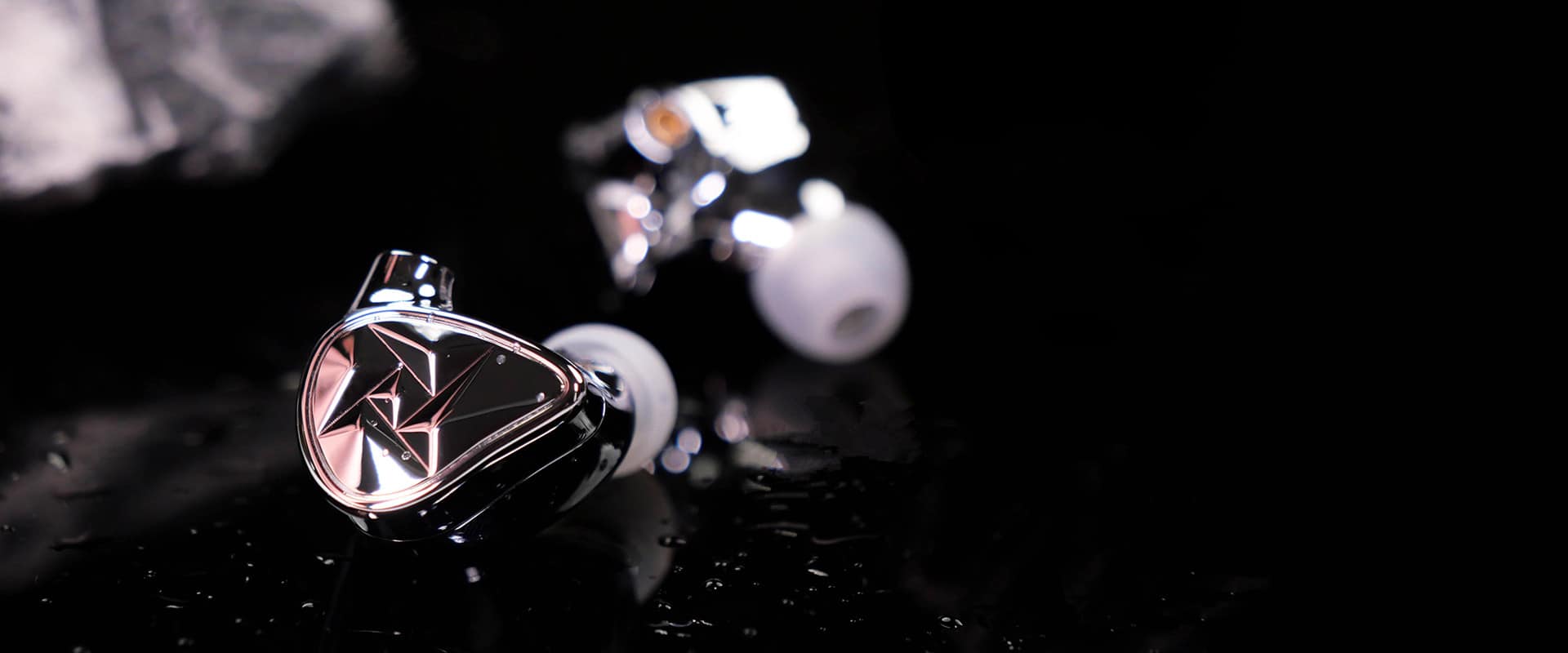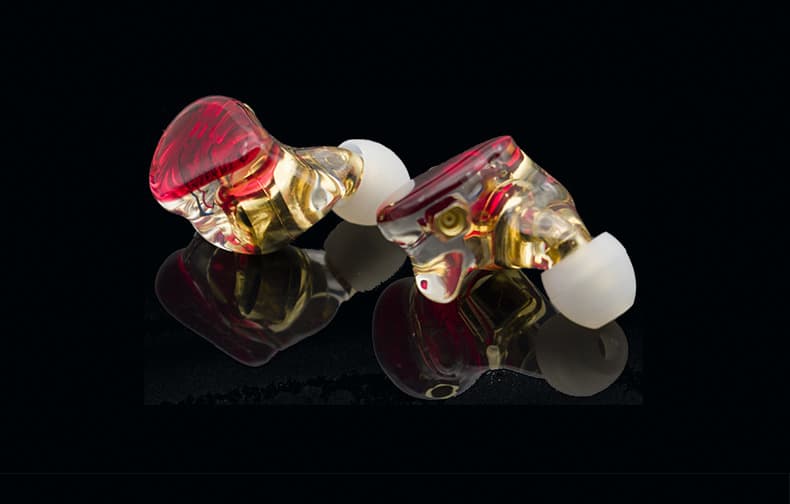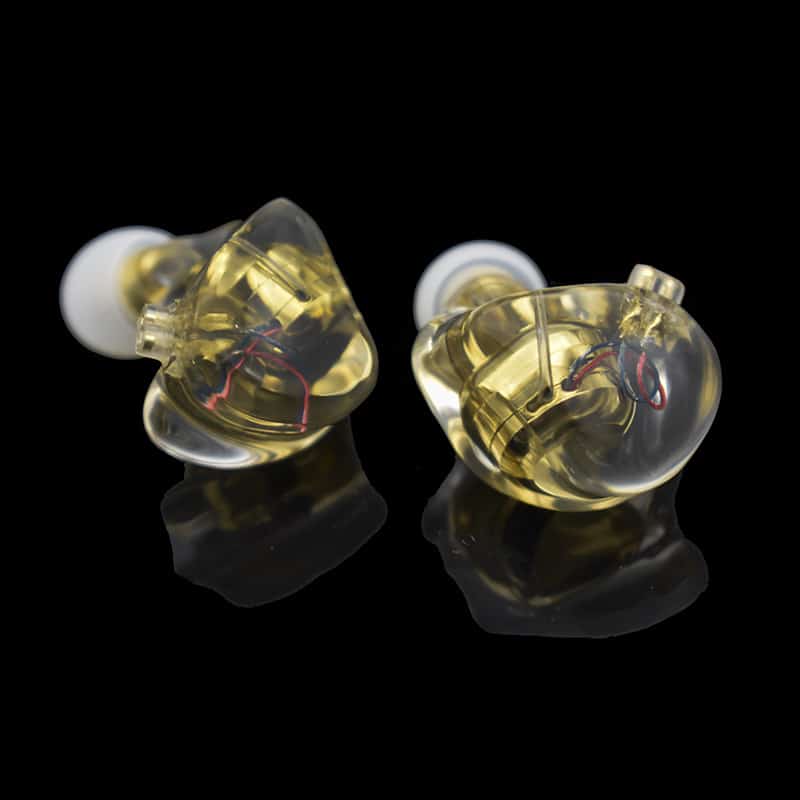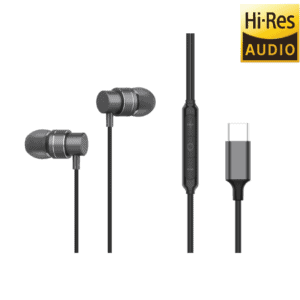Professional buyers rely on Audio Development capabilities—acoustic labs, testing systems, tuning expertise, and engineering depth. This article reveals how they evaluate a factory during a visit.
Today we welcomed a Japanese client to our factory, and the visit turned out to be both productive and inspiring.
They were particularly satisfied with our wired Type-C earphones, and the discussions gave us deeper insights into the Japanese market’s expectations and regulatory requirements.
1. Starting in the Sample Room: Matching the Right Products to the Right Market
The first stop of the visit was our sample room.
Based on previous communication, we carefully prepared several wired earphone samples tailored to the customer’s target market.
We also walked them through key sound-tuning considerations and performance expectations for their region.

The client, being a seasoned audio expert, immediately pointed out two critical details about wired earphones:
(1) ANC Wired Earphones Must Include Transparency Mode
They explained that according to Japanese regulations, ANC in-ear and semi-in-ear earphones must include Transparency Mode when used outdoors or while driving.
Without transparency, such products are not allowed—unless the earphones are open-ear or single-side designs. This was a valuable reminder of how market laws shape product requirements.

(2) Audio Quality Changes After Phone Calls
The client also mentioned an issue they found when testing competitor products: after making a phone call, the audio quality of music apps suddenly dropped, only returning to normal after reopening the app.
Our engineers explained the root cause: during the call, the network buffer disconnects, causing temporary instability in the audio stream.
2. Selecting the Right Sound and Style– for audio development
The client prefers earphones with less exaggerated bass. Out of all the models they tested, they selected one that perfectly matched the sound signature preferred by their market. This became the benchmark sound profile for the project.
They also showed strong interest in wired earphones with a clip-on microphone, finding the form factor more suitable for their target users.
By the end of the session, we finalized several models requiring quotations—both Type-C and 3.5mm versions, starting with Type-C for sample testing.
3. Observing the Production Line: Details Only an Expert Notices
Next, we toured the production lines together.
Japanese clients are known for their precision, and today was a perfect example. They noticed every small detail—including:
- soldering iron temperature stability
- ventilation around soldering stations
- proper positioning of anti-static wrist straps
- how defects are classified and recorded
Their observations reminded us of the high standards expected by professional buyers.
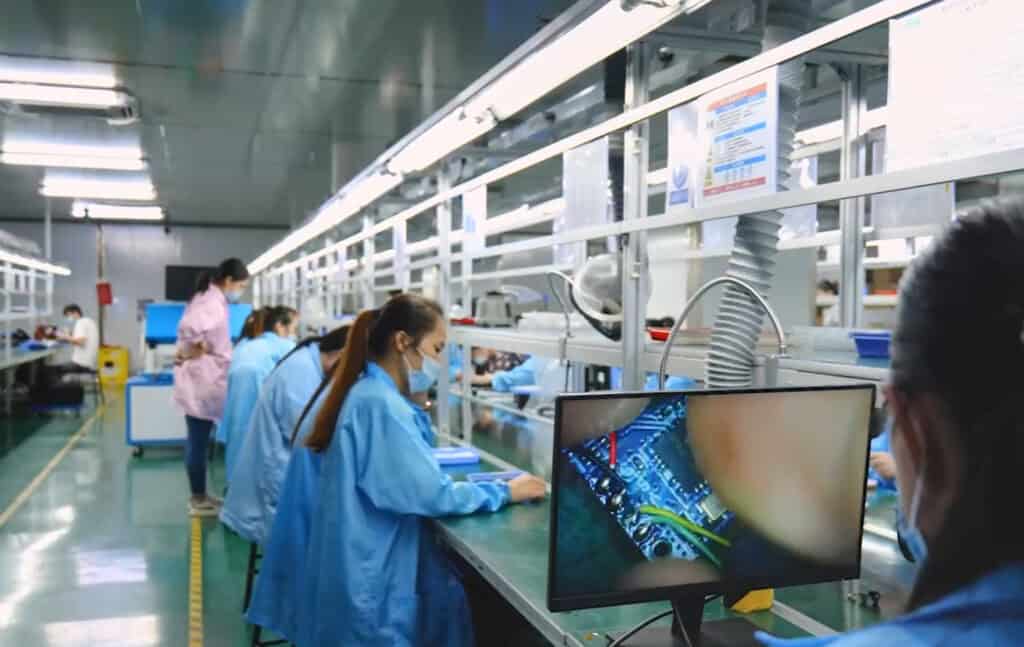
We also gained valuable feedback to further enhance our production processes.
4. A Positive Conclusion and Promising Next Steps
After a constructive day, the meeting ended on a very positive note. Later in the evening, the client messaged us to express strong interest in our wired earphones and confirmed plans to proceed with further testing, audio development and long-term cooperation.
It was a fulfilling day—full of learning, exchange, and mutual trust.
We look forward to supporting their market with stable, compliant, and finely tuned wired earphone solutions.


